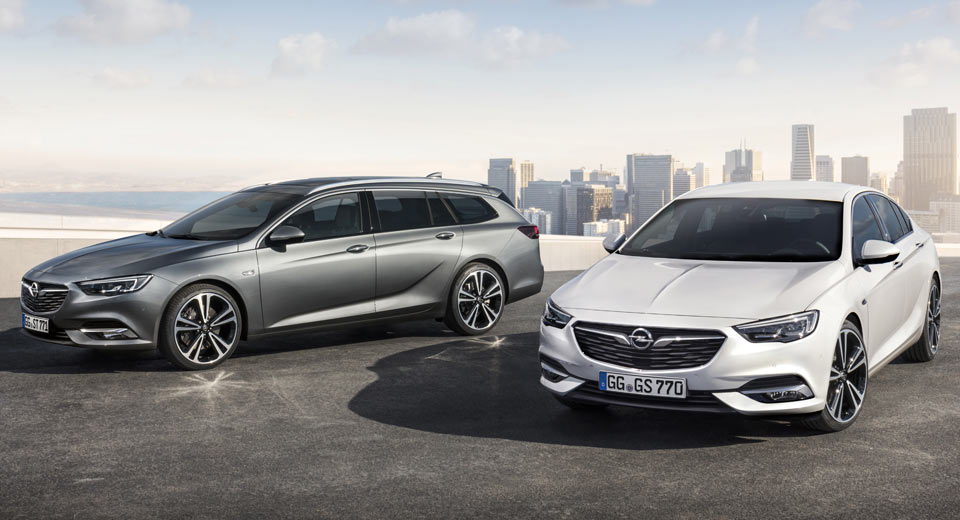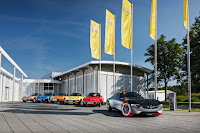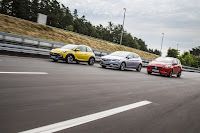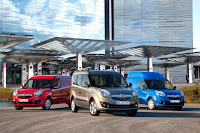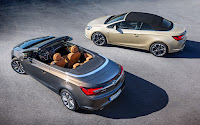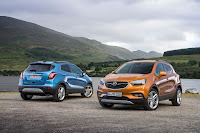It’s official, boys and girls: French automaker PSA Group is buying Opel and Vauxhall, with (nearly) all its connected properties, from General Motors.
The deal will see Opel and Vauxhall get out from under GM’s umbrella to stand under PSA’s, alongside the Peugeot, Citroën, and DS brands. The move is expected to transform PSA into Europe’s second-largest automaker (behind Volkswagen).
The acquisition – which may prove the industry’s largest since the formation of Fiat Chrysler Automobiles – won’t just encompass the Opel and Vauxhall brands, though. It also includes six assembly plants, five component manufacturing facilities, and an engineering center in Rüsselsheim, Germany. With it, PSA will absorb some 40,000 new employees. But GM will hold on to its engineering center in Turin, Italy.
Through the arrangement, Opel/Vauxhall will continue collaborating with General Motors – at least until the German and British brands gradually transition to PSA platforms “over the coming years.” That may take a while, though, considering how young Opel’s current lineup is: It just launched the new Corsa in 2014, the Astra in 2015, and is in the process of rolling out a new Insignia, to be shared with other GM brands like Buick and Holden in other markets.
In connection with the deal, PSA will also jointly take over GM’s European financial operations together with BNP Paribas – a Paris-based banking giant that consistently ranks among the top ten in the world.
All told, the transaction is valued at approximately €2.2 billion – of which PSA’s share (including Opel/Vauxhall and half of the financial operations) comes to €1.8 billion. GM will also take non-voting shares in PSA in the form of warrants, bringing the total value to the American industrial giant up past $4 billion.
In the wake of the acquisition, PSA may elect to phase out the arrangement that currently has rival Renault supplying its Trafic and Master vans to Opel and Vauxhall. The bigger question, however, is over just how GM will tackle the European market without its principal European operations remains to be seen. But we’d expect some combination of the Chevy and Cadillac brands to be step up to fill the void.



